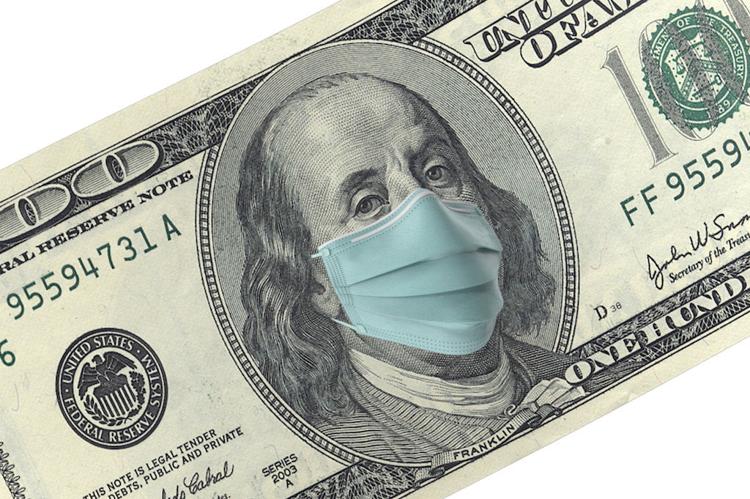The CARES Act that Congress approved and President Trump signed last week gives a tremendous boost needed to help American workers and companies through this time of crisis. The Relief package totals more than $2 trillion and a large part of it is set for businesses large and small, who have been most affected by the forced shut downs to control this COVID-19 virus. However there is a portion of the Act that aims to help and support individuals directly!
Here are the Key Points:
Direct Payments to American Workers
- Cash payments to working class are $1,200 ($2,400 married), with an additional $500 cash payment available per child.
- Full payment is available for Americans making up to $75,000 (individuals) and $150,000 (married). This applies even for those who have no income, as well as those whose income comes entirely from non-taxable means-tested benefit programs, such as SSI benefits.
- The value decreases and then phases out completely for those making over the full payment income cap. Rebate amount is reduced by $5 for each $100 that a taxpayer’s income exceeds the phase-out threshold. Complete phase-out occurs with incomes exceeding $99,000 for single filers and $146,500 for head of household filers with one child, and $198,000 for joint filers with no children.
For Retirement Accounts
- For 2020, those that are subject to mandatory minimum distributions from their qualified retirement accounts would be able to keep their funds invested without penalty.
- Individuals are allowed in 2020 to take distributions from their qualified retirement accounts, such as 401(k) plans and IRAs, of up to $100,000 without having to pay the 10% penalty on early distributions if the distribution is related to adverse financial consequences as a result of contracting COVID-19, or related factors
Student Loans
- Through September 30, 2020, requires the Secretary to defer student loan payments, principal and interest, without penalty to the borrower for all federally owned loans. Provides federal loan protections and Pell grant protections for students who ceased enrollment as a result of COVID-19.
- Provides tax relief to encourage employers to implement student loan repayment programs. This excludes up to $5,250 in qualifying student loan repayments paid by the employer on behalf of the employee from income for income tax purposes.
Unemployment Insurance
- Creates a temporary Pandemic Unemployment Assistance program through December 31, 2020. This program will provide payment to those not traditionally eligible for unemployment benefits (self-employed, independent contractors, those with limited work history, and others).
- Provides payment to states to reimburse nonprofit organizations, government agencies, and Indian tribes for half of the costs they incur through December 31, 2020 to pay for unemployment benefits.
- Includes an additional $600 per week payment, on top of state benefit levels, to each recipient of unemployment insurance or Pandemic Unemployment Assistance for up to four months, through July 31. (Laid off workers currently qualify for up to 26 weeks of unemployment insurance. Benefit levels vary by state with most replacing about half of an individual’s wages during that time.)
- Provides an additional 13 weeks of federally-funded unemployment insurance benefits beyond the normal 26 weeks through December 31, 2020 to help those who remain unemployed after state unemployment benefits are no longer available. The amount provided would be the same as the regular benefit paid by the state.
In addition, the IRS and most states have pushed back the deadlines to file tax returns and pay taxes owed to July 15th this year.
Stay Updated! Follow us here: http://www.payday-masters.com










Leave a comment (all fields required)